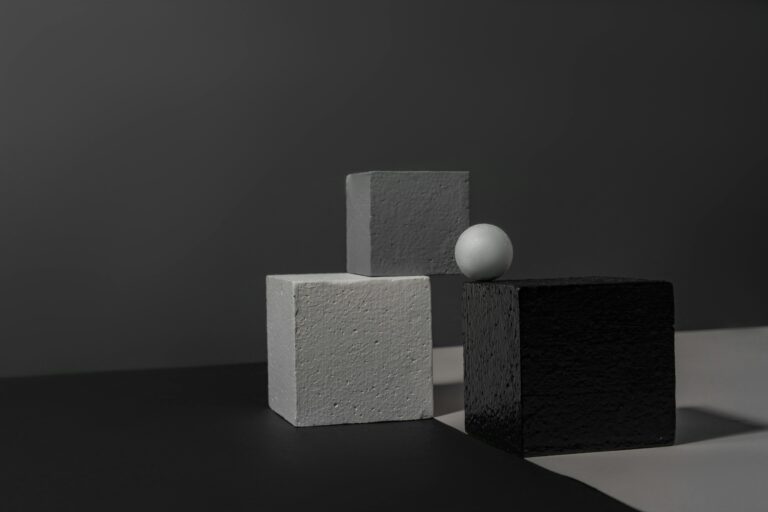Web Design Evolution 2025: Riding the Wave of Change
The Metaverse Meets Mainstream: Immersive Experiences Emerge
The lines between the physical and digital worlds are blurring, and web design is no exception. By 2025, expect the metaverse’s influence to seep deeper into everyday web experiences. This means interactive 3D elements, augmented reality (AR) previews for products, and virtual tours will become increasingly common, especially for e-commerce and real estate websites. We’re not just talking about simple 3D models; think rich, explorable environments that enhance user engagement and provide a more tangible connection to the brand. This shift requires designers to master 3D modeling, spatial audio, and optimized AR/VR development practices to ensure seamless integration and avoid performance bottlenecks. CopyElement can play a crucial role here, offering pre-designed, performance-optimized 3D and AR-ready components that integrate directly into Elementor, saving valuable development time.
AI-Powered Personalization: Anticipating User Needs
Artificial intelligence is no longer a futuristic concept; it’s a present-day reality reshaping web design. In 2025, AI will be instrumental in creating hyper-personalized experiences. Websites will dynamically adapt content, layouts, and even color schemes based on individual user behavior, browsing history, and preferences. Think Netflix-style recommendations but for entire websites. This means designers need to work closely with data scientists and AI engineers to understand user data and translate it into effective design decisions. A/B testing will evolve into continuous, AI-driven optimization, constantly refining the user experience. Furthermore, ethical considerations around data privacy and transparency become paramount.
Accessibility-First Design: Inclusivity as a Core Principle
Accessibility is not just a trend; it’s a fundamental requirement for ethical and effective web design. By 2025, accessibility-first design will be the norm. This means designing websites that are usable by people of all abilities, including those with visual, auditory, motor, and cognitive impairments. This involves adherence to WCAG guidelines, providing alternative text for images, using semantic HTML, and ensuring keyboard navigability. It also encompasses designing for different screen sizes, input methods (voice, touch), and assistive technologies. Ignoring accessibility means excluding a significant portion of the audience and potentially facing legal repercussions. CopyElement can aid in creating accessible websites by offering pre-built components that are already designed with accessibility in mind, reducing the burden on designers and developers.
Beyond the Fold: Vertical Video and Scroll-Triggered Animations
Mobile-first design has cemented the importance of vertical scrolling. In 2025, this trend will intensify with the rise of vertical video and sophisticated scroll-triggered animations. Short-form video content, similar to TikTok and Instagram Reels, will become integrated directly into website layouts, capturing attention and conveying information quickly. Scroll-triggered animations, when used thoughtfully, can enhance the user experience, guide the user through the content, and add a touch of interactivity. However, overuse can lead to performance issues and a distracting user experience. Designers need to strike a balance between visual appeal and usability, ensuring that animations are optimized for different devices and screen sizes.
Brutalism Reimagined: Stripping Back for Speed and Authenticity
While polished, hyper-designed websites remain popular, a counter-trend is emerging: Brutalism. This design philosophy emphasizes raw, unpolished aesthetics, prioritizing functionality and speed over visual frills. In 2025, we’ll see a reimagined version of Brutalism, blending its minimalist principles with modern design sensibilities. This involves using stark typography, bold colors, and asymmetrical layouts to create a visually arresting and memorable experience. Brutalist designs often load faster due to their reduced reliance on images and complex animations, making them ideal for websites that prioritize performance. This trend is not for every brand, but it can be an effective way to stand out from the crowd and project an image of authenticity.
Microinteractions: Subtle Feedback, Big Impact
Microinteractions are small, subtle animations that provide feedback to users and enhance the overall user experience. These seemingly insignificant details, such as button hover effects, form validation indicators, and loading animations, can significantly improve usability and engagement. In 2025, microinteractions will become even more sophisticated and personalized. Websites will use microinteractions to anticipate user needs, guide them through complex tasks, and create a sense of delight. However, it’s crucial to use microinteractions sparingly and strategically, ensuring they serve a purpose and don’t distract from the core content.
Conclusion: Adapting to Thrive in the Future of Web Design
The web design landscape is constantly evolving, and 2025 promises to be a year of significant transformation. By embracing new technologies, prioritizing accessibility, and focusing on user experience, designers can create websites that are not only visually stunning but also functional, engaging, and inclusive. CopyElement is committed to providing the tools and resources you need to stay ahead of the curve, empowering you to build the websites of the future. Keep exploring our blog for more insights, tutorials, and updates on the latest web design trends.





![CopyElement + [Specific AI Tool]: A 2025 Web Design Powerhouse 3 pexels mahmoudramadan 31393301](https://blog.copyelement.com/wp-content/uploads/2025/04/pexels-mahmoudramadan-31393301-768x432.jpg)


